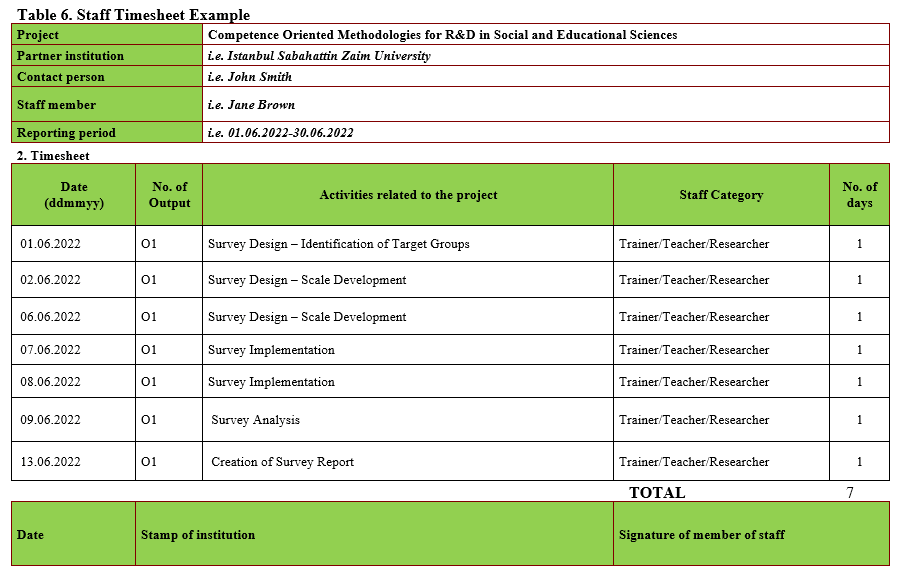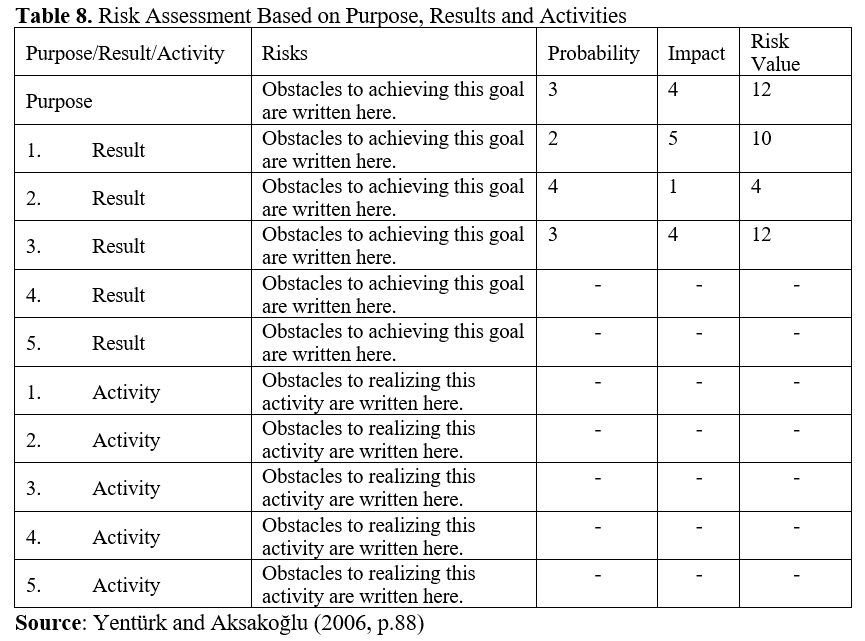Summary: Focuses on the comprehensive management of project activities, covering aspects such as communication, time, budget, risk, and volunteer management, to ensure effective project execution and stakeholder satisfaction.
Learning Objectives:
- Understand the multifaceted nature of project management, encompassing various aspects such as communication, time, budget, risk, and volunteer management.
- Learn strategies for effective management to ensure project success and stakeholder satisfaction.
Planning and management of activities go hand by hand. Successfully planned activities cannot be undertaken with a weak management structure and vice versa (Groenendijk & Dopheide, 2003). Therefore, management is an essential part of any proposal.
For a proper management structure, you need to make sure that your partners and stakeholders will be involved and included equally. Therefore, creation of a top management structure is advisable. This top management should be consist of representatives of organizations in the consortium who can directly take a decision regarding the Project. This approach would eliminate any internal bureaucracy among the consortium. This top management structure should convene regularly. These meetings should be reported and minutes should be archived and distributed to Project staff. This will ensure that any decision is agreed on, documented and should be followed up.
Top management will be responsible of general administration of the Project. Any deviation, problems, risks, important issues will be discussed, examined and decided. However, there will be also a need for management structure for the Workpackage and specific actions. Therefore, Project teams should be created to undertake specific activity and actions. Workers and appointed personnels in the Project will be natural members of these teams. These teams will have meetings and communication among themselves more often than the top management. Each team can have a local leader and international team will have a general coordinator/leader. This coordinator/leader can be Workpackage leaders as well.







